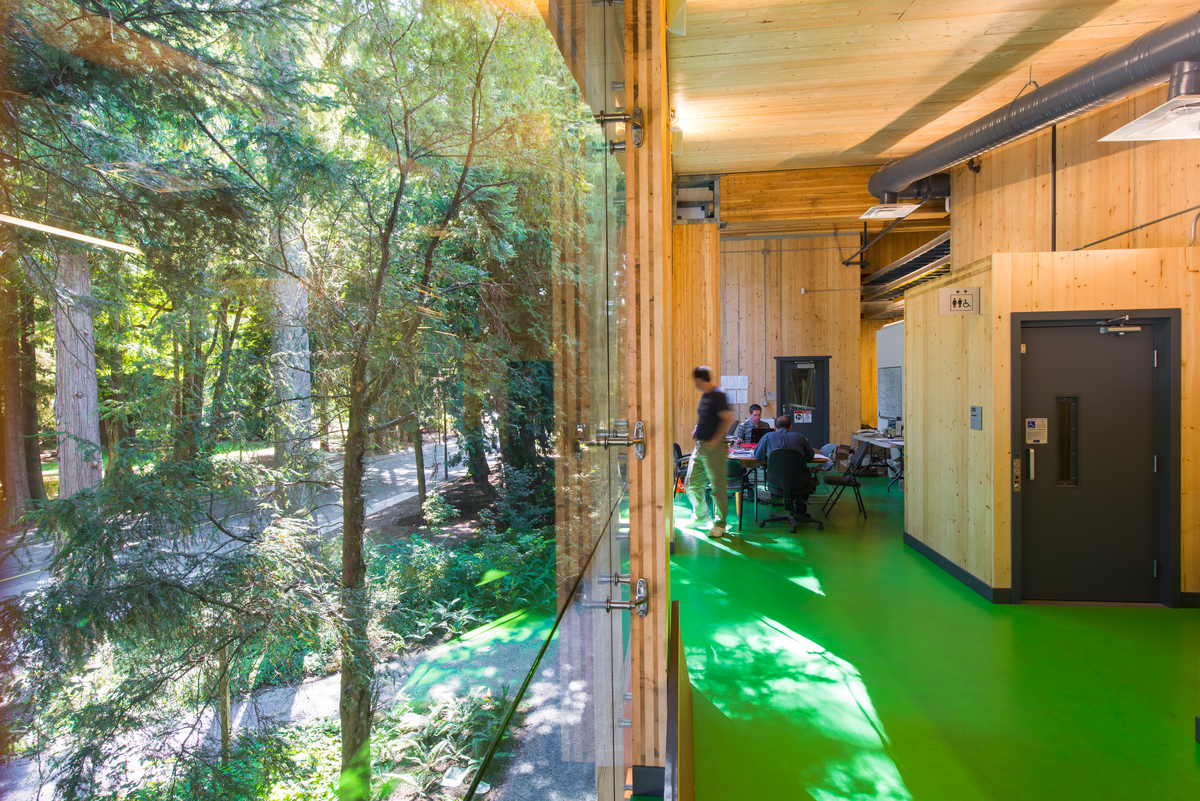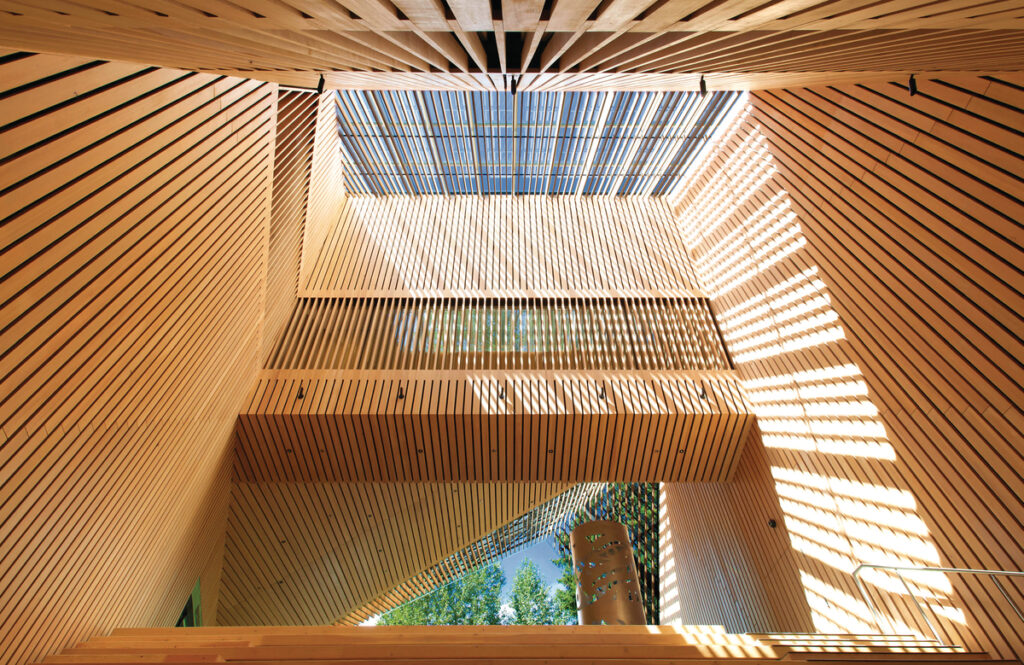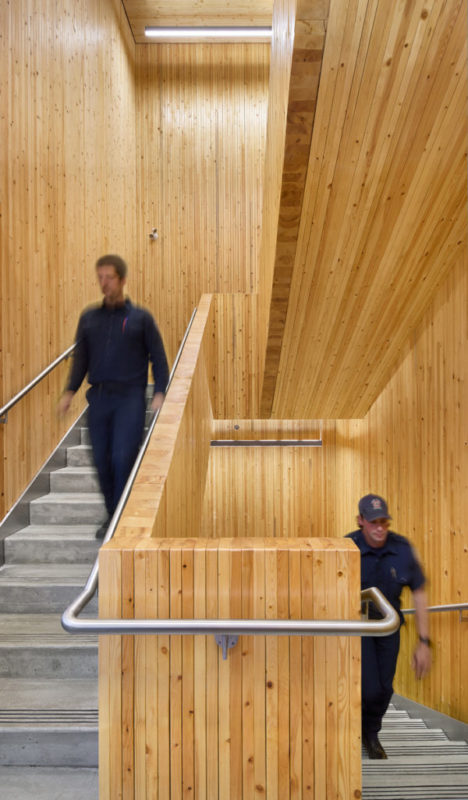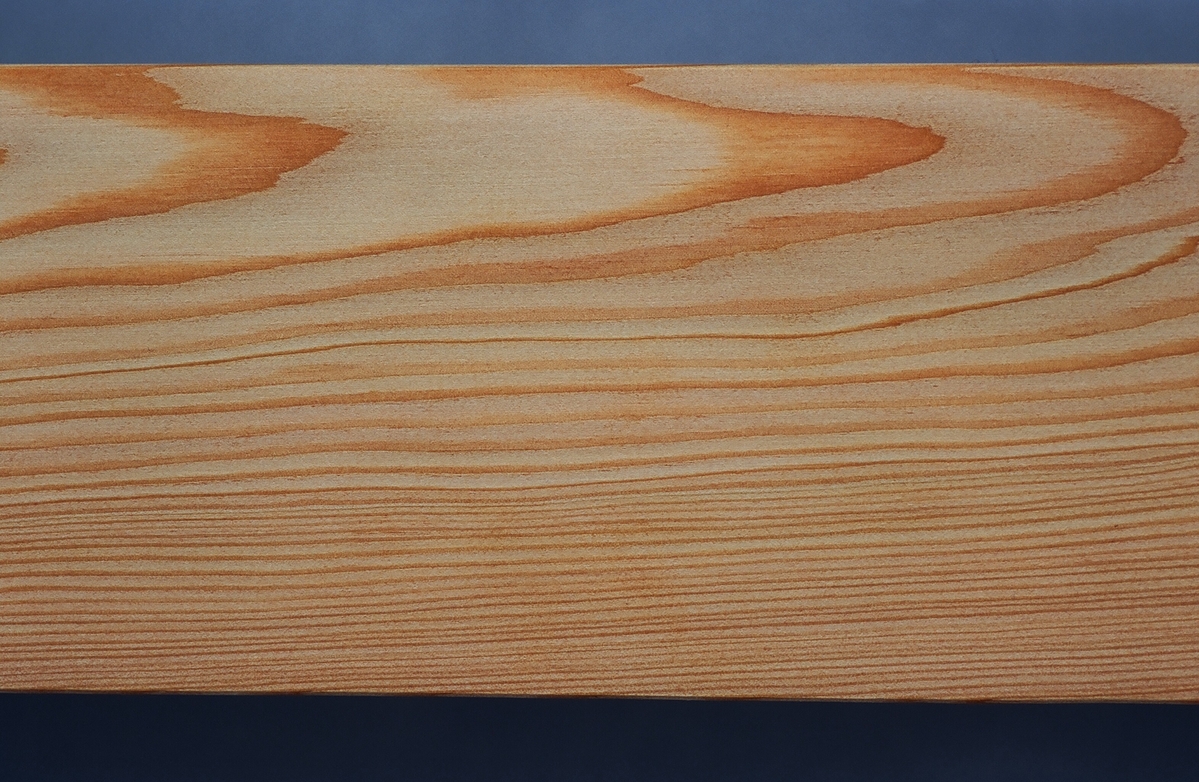Biophilic design principles
Promoting health benefits
Essentially, biophilia refers to humans’ innate affinity for nature. When translated to architecture, biophilic design is about incorporating elements like natural light, airflow, water features, plants, and organic materials into the built environment to make spaces more appealing. For example, most people would prefer to spend time in an illuminated room with plants instead of surrounded by plain white walls. Why? Apart from being more aesthetically pleasing, it actually makes you feel better.
In fact, like this study shows, integrating natural elements in interior spaces promotes health benefits that include stress reduction, improved cognitive performance, enhanced moods, and increased preference for spaces—and these are precisely referred to as ‘biophilic responses’. With this in mind, users are innately attracted to wood over other materials due to its effective biophilic response.
The physiological and psychological benefits of being in a space with wood are many: lowered blood pressure and heart rate, perception of warmth, and connection to living things to name a few. In addition, research continues to indicate that nature-made and human-made environments are processed differently in our brains, influencing which is the preferred experience. Even though wooden objects are crafted by humans, the wood itself is still considered to be natural, which is why users like having wood around them in buildings—no wonder it has been used in construction for thousands of years.
Bioenergy Research and Demonstration Facility, UBC | Photo credit: Don Erhardt



